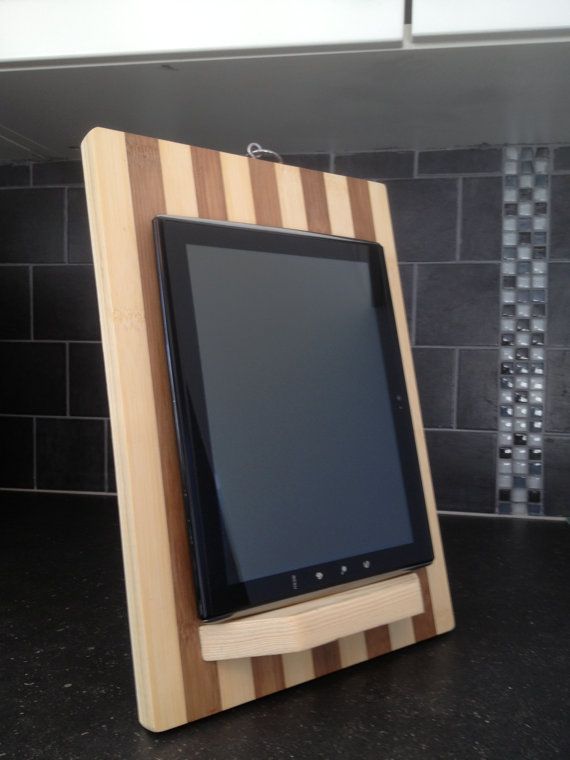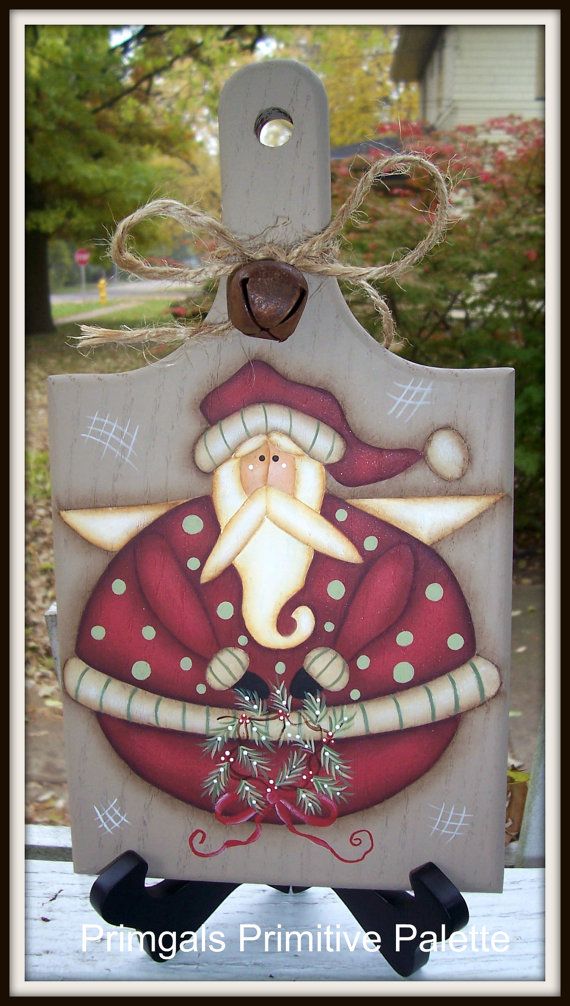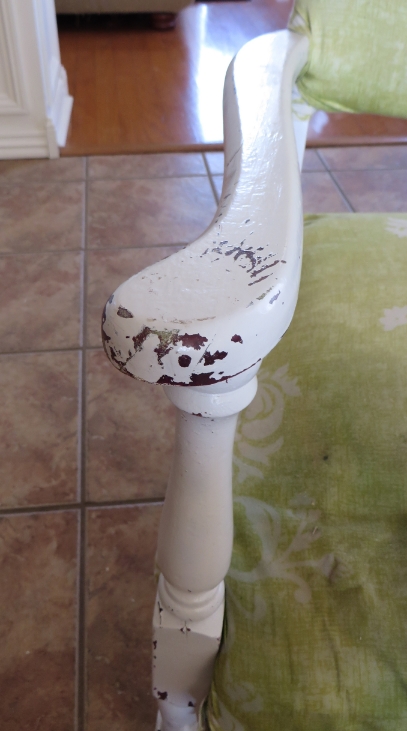Making frame shelves...
One thing I always buy at auctions and garage sales when I find them is frames...frames for photographs, framed pictures, framed paintings. Don't care what is IN the frame...I just want the frame. I usually remove the backing and glass and either chalk paint and distress or spray paint them.
A few weeks ago I went to an auction and bought TONS of frames...all types and sizes. Several were the perfect size for "frame shelves."
I have never made and sold these so I only made a few to see how well they do.
I picked 3 sturdy frames. Since I am going to chalk paint and distress the frames, I wanted a little "detailing." I had both pine and MDF 1x4 material on hand...made no difference since I was going to paint it!
I basically built a box for the shelving. I wanted the box to sit on the meatiest part of the frame so when I glue and nail them together it is sturdy. The first thing I did was measure for the box...make sure you account for the 3/4" thickness of the 1x4 (remember, it is not REALLY 1" thick!)
I cut three horizontal pieces...top, bottom and middle shelf...and two vertical pieces for the sides of the box. I placed my horizontal pieces between my two side pieces. You can see in this picture what I mean...of course this is after it is built and painted and I have already put the glue on it...getting ahead of myself a bit, but at least you can see how it is constructed. (This is the MDF shelf)
One thing I want to address when working with real wood on ANY project...whether you are building shelves or installing a deck...CUP DOWN!
What does that mean? If you look at the cut end of any piece of would, you should be able to see the grain pattern...think tree rings because that is what they are. They may be big or small, but you should be able to see the "curve" of the grain. When nailing a piece of wood to another piece of would, you want to make sure that the curve, or the "cup," is down. Wood naturally wants to "cup" (bend) as it ages and dries out and if the cup is facing up, it is likely to pull away from your glue and staples.
After measuring and cutting the 5 pieces for each frame, I glued (super important!) and nailed them together, caulked, puttied the nail holes and then primed. After the primer dried, I sanded the box and painted it BEFORE attaching it to the frame.
A reminder. ALWAYS glue your joints before nailing them. Remember, the glue is what REALLY holds it all together!
I use wood filler to fill the nail holes and latex painter's caulk for the joints. DO NOT use a caulk with silicone in it to caulk anything you are going to paint. Paint will NOT stick to silicone! Just run a small line of caulk in each joint and then run your finger (the one with the broken fingernail) along the joint to smooth the caulk out. Keep a wet rag handy!
After the paint has dried, run glue along the outside edge of your box, lay the frame on the box, and then use small trim nails or a trim nailer to nail the frame to the box. (Okay, I will admit I initially ran the glue on the wrong side of the box...this is the back side...I figured it out, wiped the glue off and then flipped it over! You want the painted edge of the middle shelf to show through the frame!)
Keep in mind these are small shelves. I do not intend to put anything heavy on them...so I didn't feel the need to put bracing under the middle shelf. I think the glue and nails will be enough. If I was building a big bookshelf, I would put bracing under the shelf to provide more support!
After my frame and box were constructed, I chalk painted the frames, distressed them a tad, and then hit the entire piece with a spray clear poly to seal it all! Then I added hangers on the back.
The small white shelf is painted with spray paint...I did not distress it. It is a cheaper plastic frame so I didn't think it would look good distressed. But it shows that you can take the cheapest, simplest frame and turn it into a functional shelf!
I have a "frame collage" of simple white frames on my guest bath wall....
I have never been a huge fan of this wall but I was thinking I might take 2-3 of the frames and make frame shelves out of them just to give the entire feature a "three dimension" affect.
We'll see...today I am working on a AWESOME mid century chair for my office. I am soooo super excited about this chair and I just can't wait to get it stripped, oiled and recovered! And of course, share! It is a tad too cold to paint but if I come in and run my hands under hot water every thirty minutes or so, I can get some stripping done! Stupid hands.
Anywho...there is a simple little project that can make a HUGE statement. Before you toss that old picture frame, think about giving it a simple little "repurpose."










